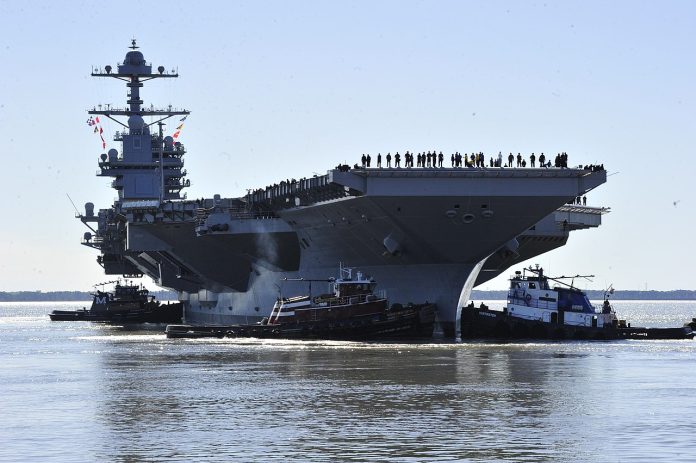
The Caribbean is now the stage for one of the most intense U.S.-Latin American military confrontations in decades. Venezuela’s announcement of a “massive mobilization” of forces comes as America’s largest aircraft carrier, the USS Gerald R. Ford, sails into the region with a formidable strike group. Officially framed as a counter-narcotics mission, the scale and composition of U.S. deployments suggest a broader strategic calculus that extends far beyond drug interdiction.
This escalation has drawn in advanced airpower, reopened Cold War-era bases, and sparked concerns over legality, intent, and regional stability. From covert CIA operations to multinational naval maneuvers, the situation reflects a complex mixture of military signaling, political brinkmanship, and contested narratives. Here are ten critical developments shaping this high-stakes standoff.

1. Venezuela’s Nationwide Military Mobilization
Defense Minister Vladimir Padrino López said land, air, naval and reserve forces will be conducting exercises throughout the country until Wednesday, on orders from President Nicolás Maduro. They include the Bolivarian Militia-a civilian reserve force created by Hugo Chávez that Maduro says numbers more than 8 million, although analysts question both the figure and quality of the training. The objective of the exercises, according to the official version, is to “optimize command, control and communications,” as part of a broader “Independence Plan 200” that envisions conventional units fighting together with militia and police in prolonged resistance.
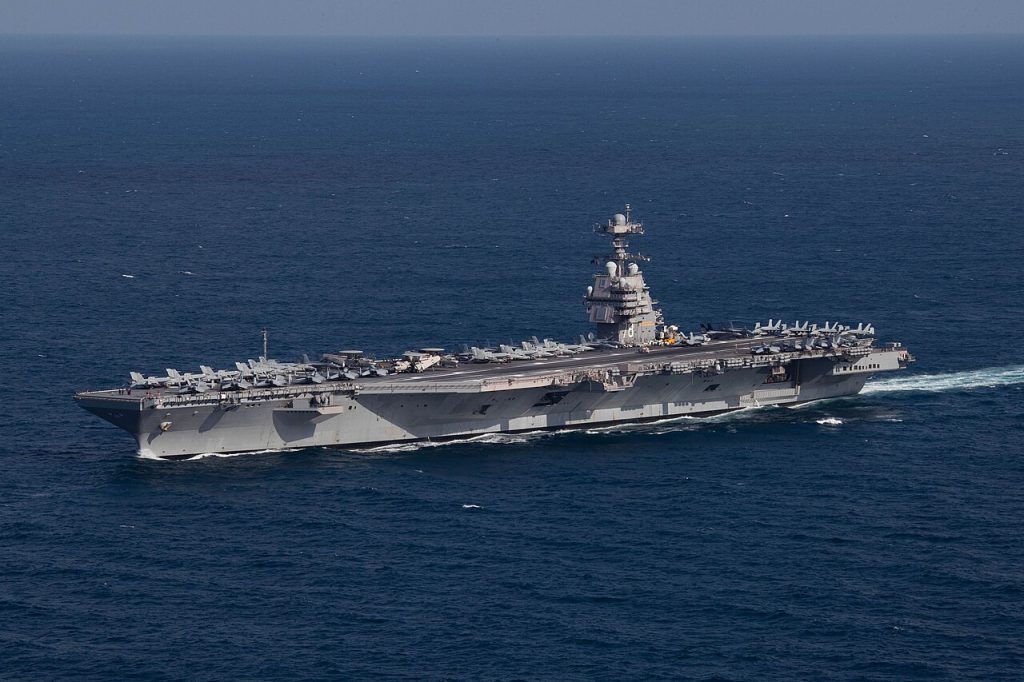
2. Arrival of USS Gerald R. Ford in SouthCom
Entering the U.S. Southern Command area of responsibility is the world’s largest active warship, the USS Gerald R. Ford, with nine squadrons of aircraft, including F/A-18E/F Super Hornets, E/A-18G Growlers, and E-2D Hawkeyes. Additional vessels making up part of the carrier strike group include destroyers USS Bainbridge and USS Mahan, as well as the missile defense command ship USS Winston S. Churchill. SOUTHCOM Commander Adm. Alvin Holsey described the deployment as “a critical step in reinforcing our resolve to protect the security of the Western Hemisphere.”
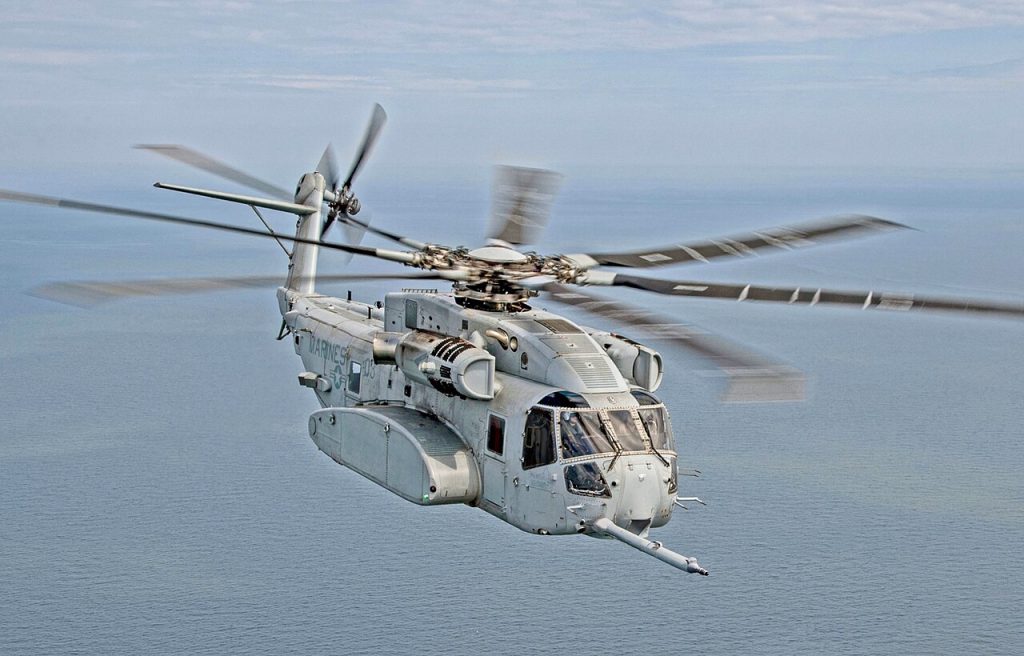
3. Reopening of Roosevelt Roads Naval Station
The Roosevelt Roads Naval Station in Puerto Rico, closed since 2004, is operational once again, hosting F-35B fighters, MV-22 Ospreys, and CH-53K helicopters. About 500 miles from Venezuela’s coastline, the base offers a key logistics hub to U.S. forces. Puerto Rican officials have talked about its potential role in both defense and economic revitalization of the area.
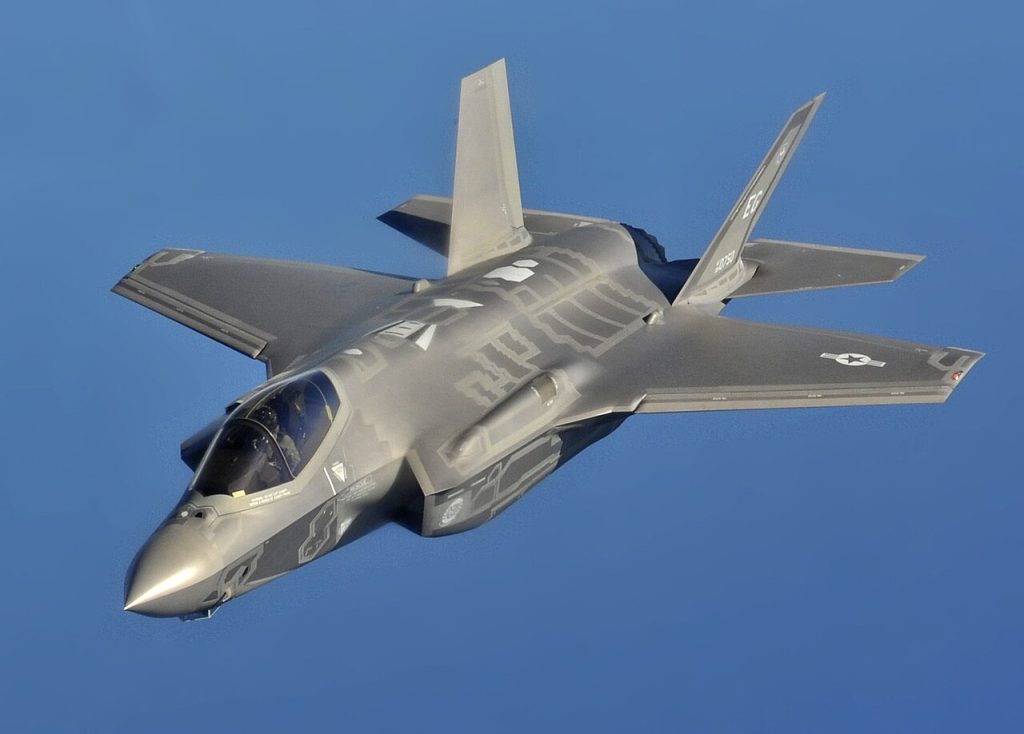
4. Employment of Advanced Airpower
As of now, there are ten F-35 fighters, MQ-9 Reaper drones carrying Hellfire missiles, and AC-130J Ghostrider gunships stationed in Puerto Rico. The capabilities they provide include strike, reconnaissance, and close air support against maritime and land-based targets. Frequently flying C-17s and KC-135s reveal the growing logistics presence, while U.S. officials have described these forces as “on the front lines for the American people,” according to Secretary of Defense Pete Hegseth.

5. Increased Maritime Activities
A significant percentage of the U.S. Navy’s global combat fleet is now in the Caribbean, including the Iwo Jima Amphibious Ready Group, three guided-missile destroyers, a nuclear-powered submarine and P-8 Poseidon reconnaissance aircraft. Joint exercises with regional partners, such as Trinidad and Tobago, have been framed as addressing “shared threats like transnational crime,” but Venezuela’s Foreign Ministry has called them a “hostile provocation.”
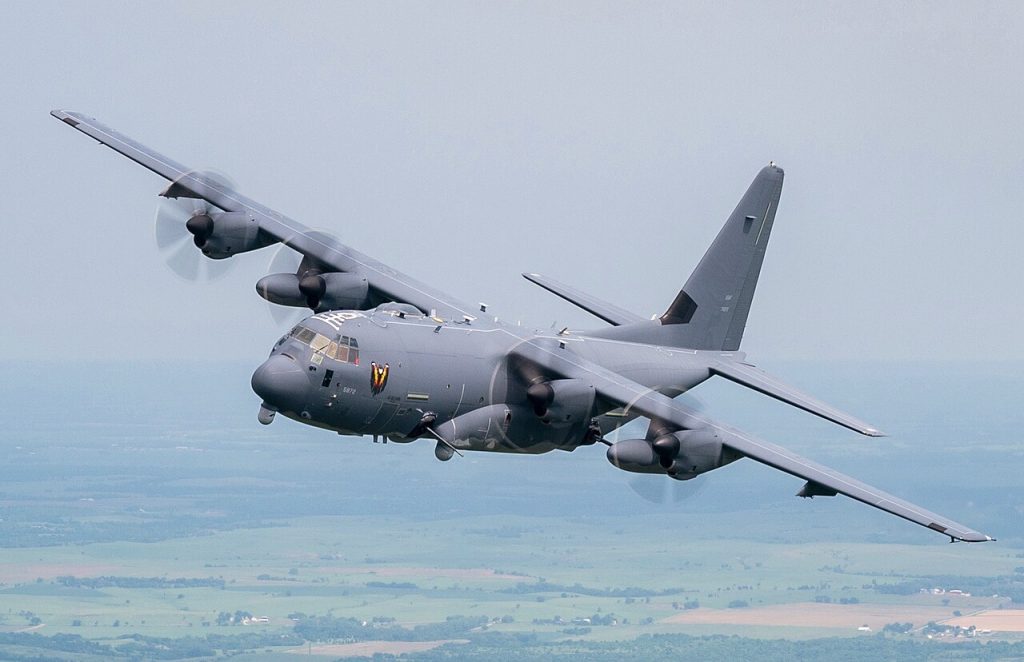
6. Lethal Strikes on Suspected Drug Boats
Since September, U.S. forces have conducted at least 19 strikes on suspected drug trafficking vessels, killing over 75 people. Many have been carried out by MQ-9 drones, others with AC-130 gunships and fighter jets. The administration designated the drug cartels as “unlawful combatants,” a status that authorizes lethal force without boarding or inspection. Critics argue that such operations are of dubious legality and lack transparency.
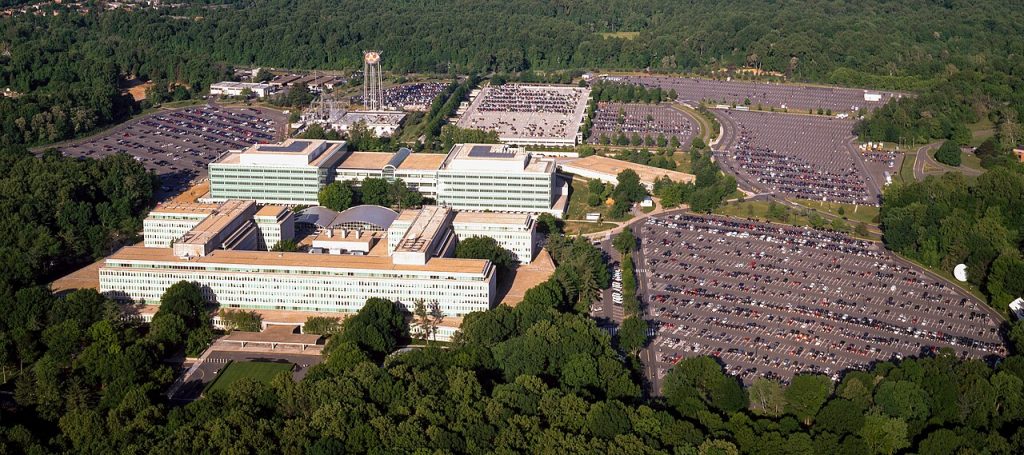
7. CIA Covert Operations and Venezuelan Countermeasures
President Trump confirmed that he authorized activities by the CIA in Venezuela. In turn, Caracas repurposed a public service app as a means for reporting suspicious activity to counterintelligence. Venezuelan planners have considered “anarchization” plans as well a creative term for fomenting domestic chaos and disorder should Maduro’s regime fall.
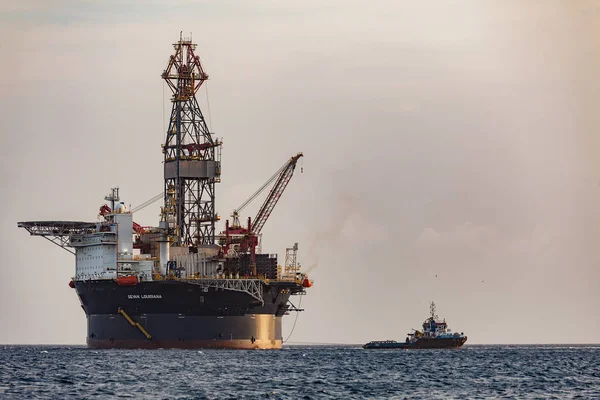
8. Localized Diplomatic Friction
The U.K. has reportedly stopped sharing intelligence with the U.S. for Caribbean operations, apparently out of concern that American strikes may violate international law. Colombia has protested after a fisherman was killed in one such strike; CARICOM has urged diplomatic dialogue. These reactions underpin the geopolitical sensitivity of the build-up.
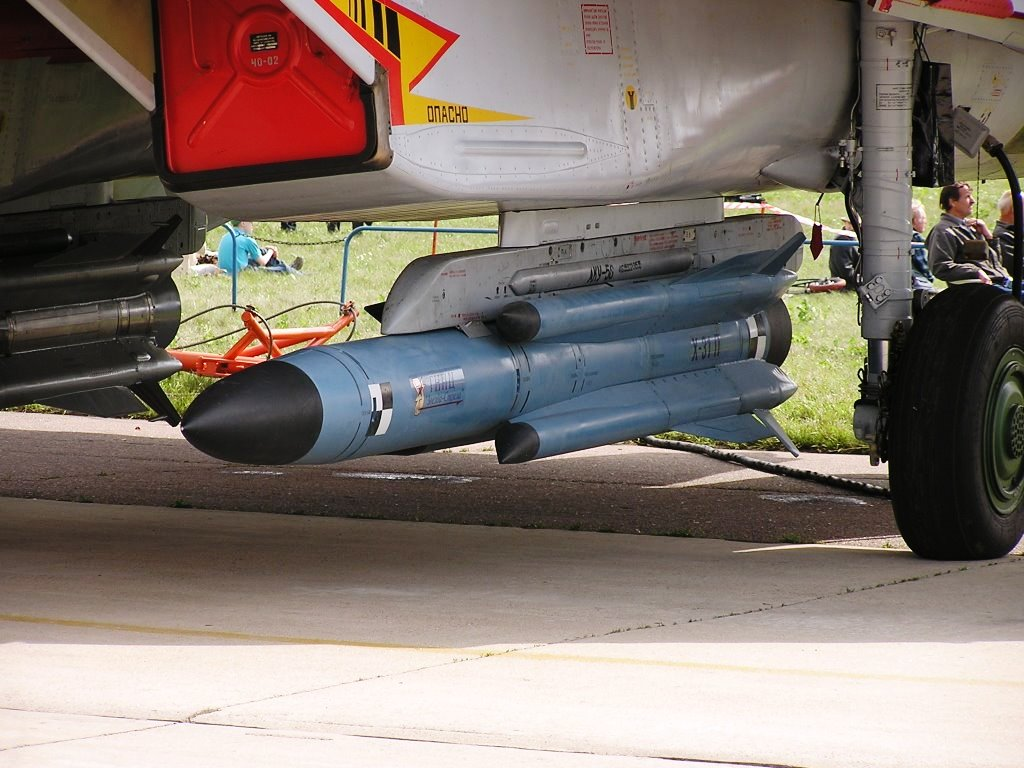
9. Venezuelan Military Capabilities
Although being described as “in shambles,” Venezuela’s armed forces field more than 100,000 regular troops and Russian-made Su-30MK2 fighters equipped with Kh-31 anti-ship missiles. The country is also in possession of S-300 air defense systems, F-16 fighters, and coastal artillery that pose a credible threat to US forces and inform the employment of carrier-based airpower and F-35 fighters.

10. Strategic Ambiguity and Pressure Campaign
Analysts like Elliott Abrams believe that, on one hand, it is “too big for just hitting a few speedboats” while being “not big enough for an invasion,” and thus appears to be part of a pressure campaign to destabilize Maduro’s regime. Options reportedly under consideration range from maritime interdiction to strikes on Venezuelan military bases, clandestine airstrips, or cocaine labs. The uncertainty surrounding U.S. intentions keeps regional actors on edge.
The U.S.-Venezuela military standoff in the Caribbean represents a nexus of tactical deployments, political signaling, and contested narratives. While Washington insists its mission is counter-narcotics, the scale of forces and breadth of operations suggest readiness for broader contingencies. Meanwhile, Caracas is mobilizing every lever of military and civilian resistance. With advanced hardware, reopened bases, and volatile diplomacy in play, the region stands at a precarious intersection, where any miscalculation might escalate into a wider conflict.
